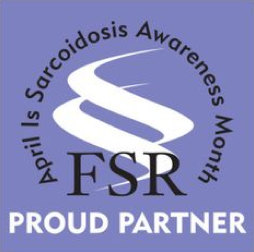What Is Fibromyalgia?
Fibromyalgia is a disorder that causes muscle pain and fatigue (feeling tired). People with fibromyalgia have “tender points” on the body. Tender points are specific places on the neck, shoulders, back, hips, arms, and legs. These points hurt when pressure is put on them.
People with fibromyalgia may also have other symptoms, such as:
- Trouble sleeping
- Morning stiffness
- Headaches
- Painful menstrual periods
- Tingling or numbness in hands and feet
- Problems with thinking and memory (sometimes called “fibro fog”).
A person may have two or more coexisting chronic pain conditions. Such conditions can include chronic fatigue syndrome, endometriosis, fibromyalgia, inflammatory bowel disease, interstitial cystitis, temporomandibular joint dysfunction, and vulvodynia. It is not known whether these disorders share a common cause.
What Causes Fibromyalgia?
The causes of fibromyalgia are unknown. There may be a number of factors involved. Fibromyalgia has been linked to:
- Stressful or traumatic events, such as car accidents
- Repetitive injuries
- Illness
- Certain diseases.
Fibromyalgia can also occur on its own.
Some scientists think that a gene or genes might be involved in fibromyalgia. The genes could make a person react strongly to things that other people would not find painful.
Who Is Affected by Fibromyalgia?
Scientists estimate that fibromyalgia affects 5 million Americans 18 or older. Between 80 and 90 percent of people diagnosed with fibromyalgia are women. However, men and children also can have the disorder. Most people are diagnosed during middle age.
People with certain other diseases may be more likely to have fibromyalgia. These diseases include:
- Rheumatoid arthritis
- Systemic lupus erythematosus (commonly called lupus)
- Ankylosing spondylitis (spinal arthritis).
Women who have a family member with fibromyalgia may be more likely to have fibromyalgia themselves.
How Is Fibromyalgia Treated?
Fibromyalgia can be hard to treat. It’s important to find a doctor who is familiar with the disorder and its treatment. Many family physicians, general internists, or rheumatologists can treat fibromyalgia. Rheumatologists are doctors who specialize in arthritis and other conditions that affect the joints or soft tissues.
Fibromyalgia treatment often requires a team approach. The team may include your doctor, a physical therapist, and possibly other health care providers. A pain or rheumatology clinic can be a good place to get treatment.
What Can I Do to Try to Feel Better?
There are many things you can do to feel better, including:
- Taking medicines as prescribed
- Getting enough sleep
- Exercising
- Eating well
- Making work changes if necessary.
What Research Is Being Done on Fibromyalgia?
The NIAMS sponsors research to help understand fibromyalgia and find better ways to diagnose, treat, and prevent it. Researchers are studying:
- Why people with fibromyalgia have increased sensitivity to pain.
- Medicines and behavioral treatments.
- Whether there is a gene or genes that make a person more likely to have fibromyalgia.
- The use of imaging methods, such as magnetic resonate imaging (MRI), to better understand fibromyalgia.
- Inflammation in the body and its relationship to fibromyalgia.
- Nondrug therapies to help reduce pain.
- Methods to improve sleep in people with fibromyalgia.

